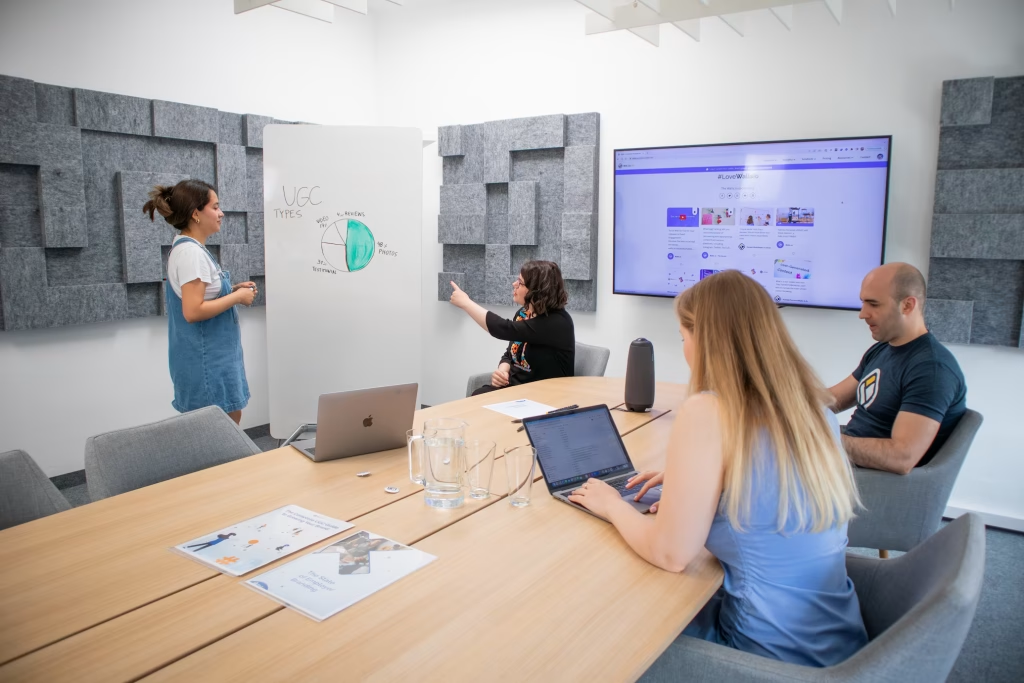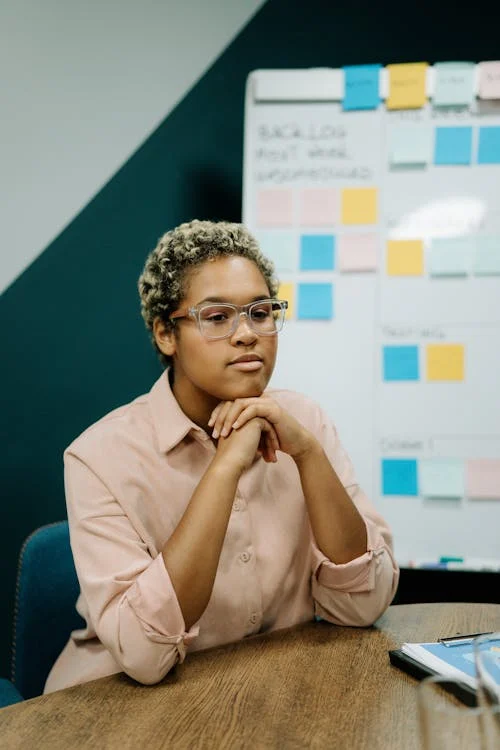In today’s fast-paced digital world, information is at our fingertips. With just a few clicks, we can access tutorials, courses, and expert advice on any topic imaginable. But here’s the crucial question: Are you truly applying what you learn, or are you just clicking through content? The difference between these two approaches can determine your success or stagnation. This article explores why active application—not passive consumption—is the key to real growth, whether in business, personal development, or skill acquisition.
1. The Illusion of Learning: Why Clicking Isn’t Enough
Many people fall into the trap of “click-and-consume” learning—watching endless videos, reading articles, and collecting resources without ever putting knowledge into practice. This creates a false sense of progress.
Example:
- Passive Learner: Watches 10 YouTube tutorials on coding but never writes a single line of code.
- Active Learner: Completes one tutorial, then immediately builds a small project to reinforce learning.
Result: The active learner develops real skills, while the passive learner retains little.

2. The Power of Application: How Action Drives Mastery
Knowledge alone is useless unless applied. Research in cognitive psychology shows that active recall (testing yourself) and spaced repetition (revisiting material over time) significantly improve retention.
Steps to Move from Clicking to Applying:
- Learn in Small Chunks – Focus on one concept at a time.
- Practice Immediately – Apply what you learn right away.
- Review and Refine – Identify mistakes and improve.
- Teach Others – Explaining concepts solidifies understanding.

3. Real-Life Examples: Success Comes from Doing
| Field | Passive Approach | Active Approach |
| Fitness | Reading workout plans | Actually exercising |
| Business | Watching marketing courses | Running ads & testing strategies |
| Language Learning | Memorizing words | Speaking with natives |
Key Takeaway: The most successful people aren’t just learners—they’re doers.
4. Overcoming the “Clicking” Habit: Practical Strategies
A. Set Clear Goals
Instead of aimlessly browsing, ask:
- “What do I want to achieve?”
- “What’s the next actionable step?”
B. Use the 80/20 Rule (Pareto Principle)
Focus on the 20% of knowledge that delivers 80% of results—then apply it.
C. Track Your Progress
Keep a journal or checklist to ensure you’re doing, not just consuming.

5. The Long-Term Impact: Why Application Wins
- Faster Skill Acquisition – Hands-on practice accelerates learning.
- Increased Confidence – Success comes from doing, not just knowing.
- Better Problem-Solving – Real-world application teaches adaptability.
Conclusion: Stop Clicking, Start Doing
The internet is full of information, but knowledge without action is wasted potential. Whether you’re learning a new skill, building a business, or improving your health, the difference between success and failure lies in application.
Ask yourself today: “Am I just clicking, or am I applying?”